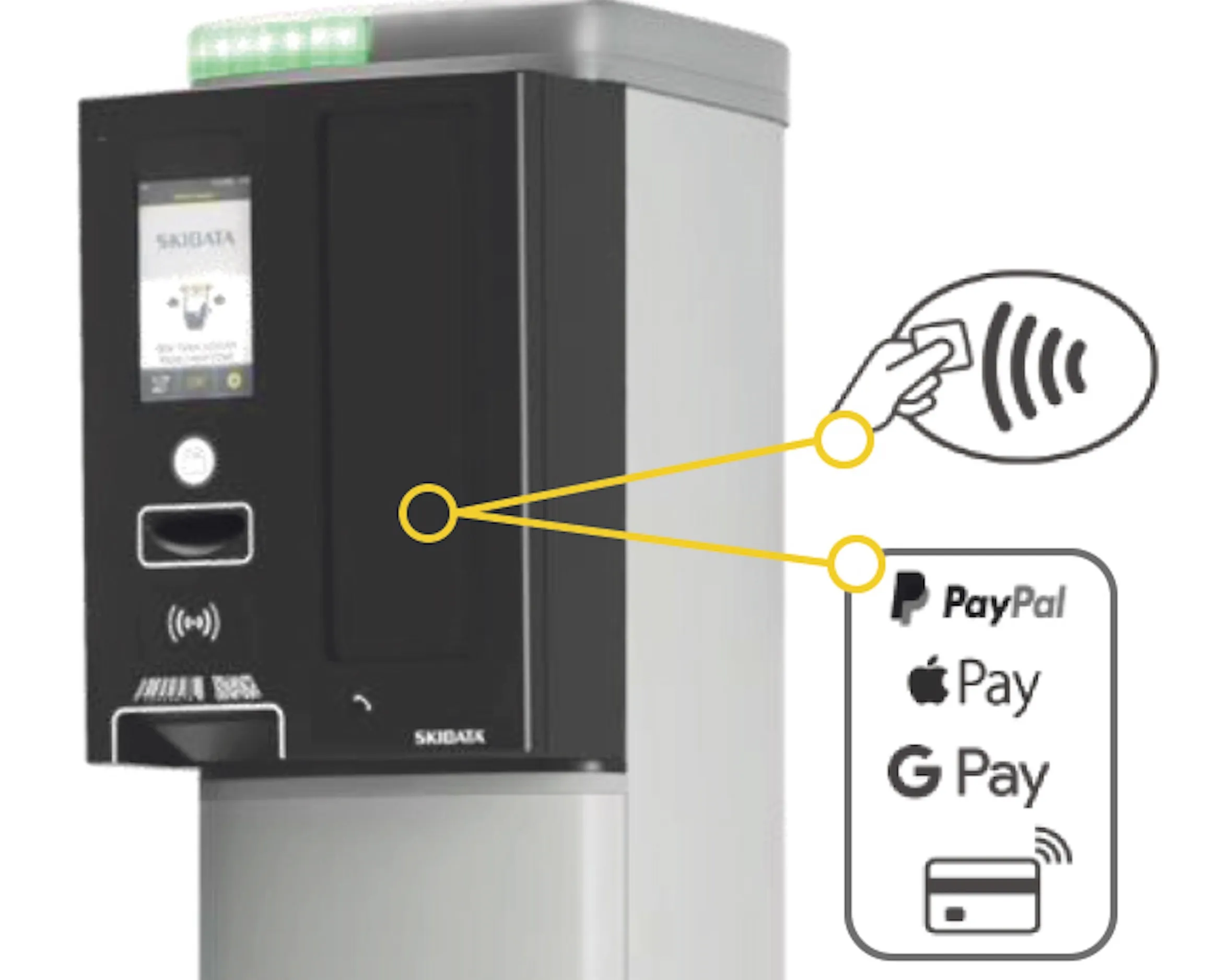A touch of the Rio Carnival came to Paris yesterday as CARTES 2013 welcomed Brazil as the show’s Guest of Honour Country. The drums, whistles, vivid colour and excitement of a parade of Samba dancers on the exhibition hall floor lit up the wealth of exciting opportunities available for the smart security sector in one of the world’s most populous nations.
November 20, 2013
Read time: 2 mins
A touch of the Rio Carnival came to Paris yesterday as CARTES 2013 welcomed Brazil as the show’s Guest of Honour Country.
The drums, whistles, vivid colour and excitement of a parade of Samba dancers on the exhibition hall floor lit up the wealth of exciting opportunities available for the smart security sector in one of the world’s most populous nations. The media spotlight will be on the Latin American country as it hosts both the FIFA World Cup and the Olympic Games over the next couple of years – and all eyes in the contactless payments industry will be turned there too as business opportunities abound. The Brazilian market is characterised by a very high ratio of payment cards per inhabitant: by 2017 the penetration rate is expected to be more than 300%, making it the most dynamic market in the region. One of Brazil’s biggest smart security companies IntelCav is primed for worldwide growth but there is plenty of room in Brazil for foreign firms too. Proving there is much more to the country than soccer, Lambada and Copacabana, Brazil is already a strategic market for a number of established global brands such as Arjowiggins Security, Gemalto, Giesecke & Devrient, Morpho (Safran) and Oberthur Technologies. And this morning, in Room 502, a special conference provides visitors with a perfect chance to catch up on exactly where some of the challenges and opportunities lie. Brazil: Building Trust in Mobile Life is chaired by Edgar Betts, Associate Director of the Smart Card Alliance Latin America and mirrors the main theme of CARTES 2013.
Internet banking, migrating voucher products to chip using EMV technology and the fascinating – and unexpected - links between talking trees in Brazil’s Amazon Rainforest and the smart cities of tomorrow will be am ong the topics under discussion. Get ready now for a vibrant tomorrow.
The drums, whistles, vivid colour and excitement of a parade of Samba dancers on the exhibition hall floor lit up the wealth of exciting opportunities available for the smart security sector in one of the world’s most populous nations. The media spotlight will be on the Latin American country as it hosts both the FIFA World Cup and the Olympic Games over the next couple of years – and all eyes in the contactless payments industry will be turned there too as business opportunities abound. The Brazilian market is characterised by a very high ratio of payment cards per inhabitant: by 2017 the penetration rate is expected to be more than 300%, making it the most dynamic market in the region. One of Brazil’s biggest smart security companies IntelCav is primed for worldwide growth but there is plenty of room in Brazil for foreign firms too. Proving there is much more to the country than soccer, Lambada and Copacabana, Brazil is already a strategic market for a number of established global brands such as Arjowiggins Security, Gemalto, Giesecke & Devrient, Morpho (Safran) and Oberthur Technologies. And this morning, in Room 502, a special conference provides visitors with a perfect chance to catch up on exactly where some of the challenges and opportunities lie. Brazil: Building Trust in Mobile Life is chaired by Edgar Betts, Associate Director of the Smart Card Alliance Latin America and mirrors the main theme of CARTES 2013.
Internet banking, migrating voucher products to chip using EMV technology and the fascinating – and unexpected - links between talking trees in Brazil’s Amazon Rainforest and the smart cities of tomorrow will be am ong the topics under discussion. Get ready now for a vibrant tomorrow.








